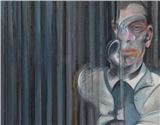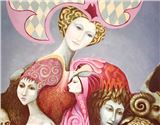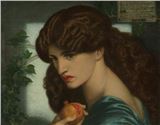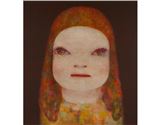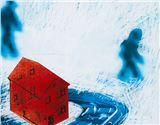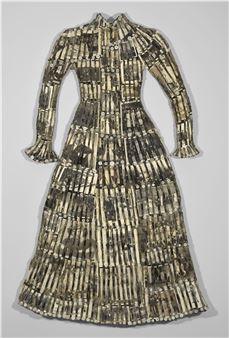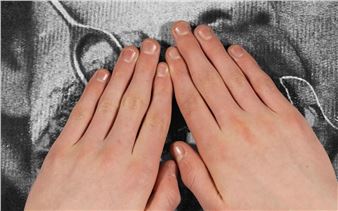Garden of Ten Seasons
The project departs from questions debated in Nepal and around the world, related to discourses on decolonisation, pluralism of worldviews and systems вҖ“ leaving behind any form of totalising claims, either by monocultural nation states or by Eurocentric canons and vocabularies. Nepal has undergone historic and dramatic changes after 2006, including the shift from a monarchy to a federal republic, with progressive debates and tensions around the basis of re-establishing the nation, as well as the devastating earthquake of 2015. These moments of reckoning amidst the uncertainties of our time have placed the country and its over a hundred ethnic, cultural, social, and caste groups, including Indigenous communities and categories with a long history of marginalisation, in a pioneering position for imagining ways of living together in the world.
Furthermore, conversations surrounding contemporary art, its genealogy, institutional and power structures, and the appropriate platforms for horizontal conversations with cultural practices of different lineage have also not only informed the Nepali art scene in the past decades but many other contexts around the world and have brought to the fore important questions about local culture and identity as well as the politics of global circulation of ideas and art forms.

Recommended for you
The project departs from questions debated in Nepal and around the world, related to discourses on decolonisation, pluralism of worldviews and systems вҖ“ leaving behind any form of totalising claims, either by monocultural nation states or by Eurocentric canons and vocabularies. Nepal has undergone historic and dramatic changes after 2006, including the shift from a monarchy to a federal republic, with progressive debates and tensions around the basis of re-establishing the nation, as well as the devastating earthquake of 2015. These moments of reckoning amidst the uncertainties of our time have placed the country and its over a hundred ethnic, cultural, social, and caste groups, including Indigenous communities and categories with a long history of marginalisation, in a pioneering position for imagining ways of living together in the world.
Furthermore, conversations surrounding contemporary art, its genealogy, institutional and power structures, and the appropriate platforms for horizontal conversations with cultural practices of different lineage have also not only informed the Nepali art scene in the past decades but many other contexts around the world and have brought to the fore important questions about local culture and identity as well as the politics of global circulation of ideas and art forms.
Artists on show
- Andrew Thomas Huang
- Antonio Pichillá Quiacain
- Aqui Thami
- Artree Nepal
- Ashmina Ranjit
- Aziz Hazara
- Baachi Devi
- Batsa Gopal Vaidya
- Bibhusan Basnet & Pooja Gurung
- Brittney Leanne Williams
- Chan Kwok-yuen
- Chet Kumari Chitrakar
- Chija Lama
- Citra Sasmita
- Dal Bahadur Gurung
- Ekaram Singh
- Freddy Mamani
- Hung Fai
- Indu Tharu
- Joydeb Roaja
- Karan Shrestha
- Köken Ergun
- Komal Purbe
- Liliana Angulo Cortés
- Lok Chitrakar
- Madhumala Mandal
- Mae Clarke
- Manjula Devi Thakur
- Mary Dhapalany
- Mihaela DrДғgan
- Mireille Delismé
- Mohamed Bourouissa
- Nagendra Gurung
- Nikau Hindin
- Olga Chernysheva
- Palati Devi
- Puran Khadka
- Rebati Mandal
- Sakarin Krue-On
- Satyam Mishra
- Sawangwongse Yawnghwe
- Shashi Bikram Shah
- Sheroanawe Hakihiiwe
- Simon Soon
- Subas Tamang
- Subash Thebe Limbu
- Sudhira Karna
- Tashi Lama
- Uma Shankar Shah
- Urmila Gamwa Tharu
- Wai Pong-yu
- Zamthingla Ruivah
Contact details


 ARTISTS
ARTISTS
